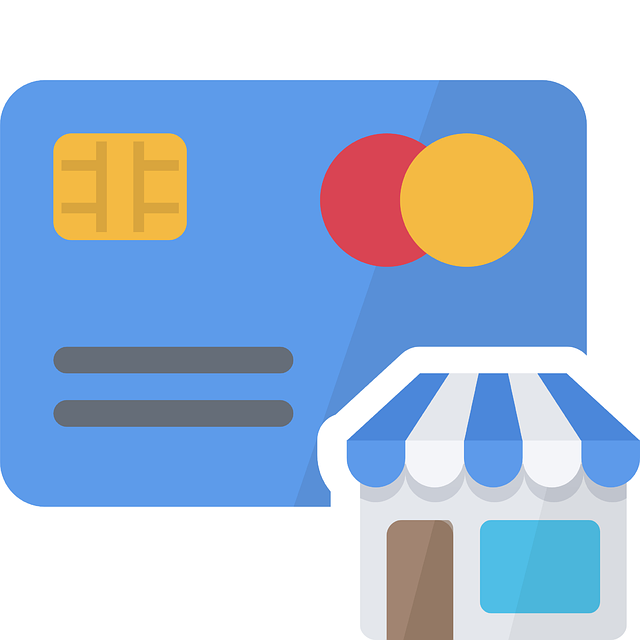Alternative financing offers faster, more flexible access to capital compared to traditional loans, appealing to businesses seeking rapid funding. Online platforms like peer-to-peer lending and crowdfunding streamline applications within days, while traditional bank loans involve a lengthy process with extensive documentation. Alternative financing is ideal for urgent needs, while traditional loans provide longer repayment terms, fixed rates, and regulatory protection for larger transactions. Borrowers choose based on urgency, loan amount, and personal preference.
In today’s fast-paced world, understanding the speed of funding is crucial for businesses. This article explores the contrast between traditional loan processes and the burgeoning field of alternative financing, highlighting its speed advantages. We delve into key differences in funding timelines, benefits, and considerations for each loan type. By comparing traditional loans with alternative financing options like crowdfunding or peer-to-peer lending, entrepreneurs can make informed decisions to fuel their ventures effectively.
- Understanding Traditional Loan Funding Process
- The Rise of Alternative Financing and Its Speed Advantages
- Key Differences in Funding Timelines
- Benefits and Considerations for Each Loan Type
Understanding Traditional Loan Funding Process

The traditional loan funding process is a well-established system that involves several stages. Typically, borrowers initiate the process by applying for a loan through a bank or credit union. This application includes detailed financial information and collateral details, if applicable. After submission, lenders carefully evaluate the borrower’s creditworthiness based on their credit history, income, and asset ownership. This assessment is crucial as it determines the loan amount offered and the associated interest rates and terms. Upon approval, the lender facilitates the funding, often through wire transfers or checks, which can take several days to process.
In contrast, alternative financing options offer a faster, more flexible approach. Online lenders and peer-to-peer borrowing platforms streamline the application process, often requiring less documentation and enabling quicker approvals. These alternatives often cater to specific industries or loan types, providing tailored solutions. With digital verification methods and automated decision-making, funding can be initiated promptly, sometimes within hours of approval, making alternative loans an attractive choice for businesses seeking rapid capital injection.
The Rise of Alternative Financing and Its Speed Advantages

In recent years, there’s been a significant shift towards alternative financing as a faster and more flexible option for borrowers compared to traditional loans. This emerging trend is driven by the need for quicker access to capital, especially among smaller businesses and startups that often struggle with lengthy banking processes. Alternative loans, such as peer-to-peer lending, crowdfunding, and online lenders, have gained traction due to their streamlined application and approval processes, offering a breath of fresh air in a world where speed is of the essence.
Unlike traditional loan methods that can take weeks or even months for funding, alternative financing platforms leverage digital technology and advanced algorithms to facilitate faster transactions. These platforms often require minimal documentation, enabling borrowers to secure funds within days. This rapid funding speed gives businesses the agility they need to seize opportunities, invest in growth, or navigate through economic downturns more effectively.
Key Differences in Funding Timelines

When comparing traditional loans with alternative financing options, one notable difference lies in the speed of funding. Alternative financing methods, such as peer-to-peer lending and crowdfunding, have revolutionized the way businesses and individuals access capital by significantly reducing funding timelines. These platforms often enable quick approval processes, sometimes within days or even hours, allowing borrowers to secure funds promptly.
In contrast, traditional loan applications can be lengthy and bureaucratic. Banks typically require extensive documentation, credit checks, and a detailed business plan, which can delay the funding process for weeks or even months. This prolonged timeline may not be suitable for businesses needing immediate financial support or individuals facing urgent financial requirements.
Benefits and Considerations for Each Loan Type

Alternative Financing vs Traditional Loans: Benefits and Considerations
Alternative financing, often in the form of alternative loans, offers a faster funding process compared to traditional loan methods. This speed is one of its primary attractions for many borrowers, especially those seeking quick capital to seize opportunities or manage cash flow gaps. Online application platforms, peer-to-peer lending, and specialized finance companies streamline the process, reducing the time typically spent on paperwork, approvals, and waiting periods associated with bank loans.
However, traditional loans still hold their value, particularly for larger, more complex transactions. They often provide longer repayment terms, fixed interest rates, and clear stipulations from reputable financial institutions. While the funding speed might be slower, borrowers benefit from established frameworks, regulatory protections, and access to a wide range of loan types tailored to specific business or personal needs. The choice between alternative financing and traditional loans ultimately depends on urgency, loan amount, and individual borrower preferences.
